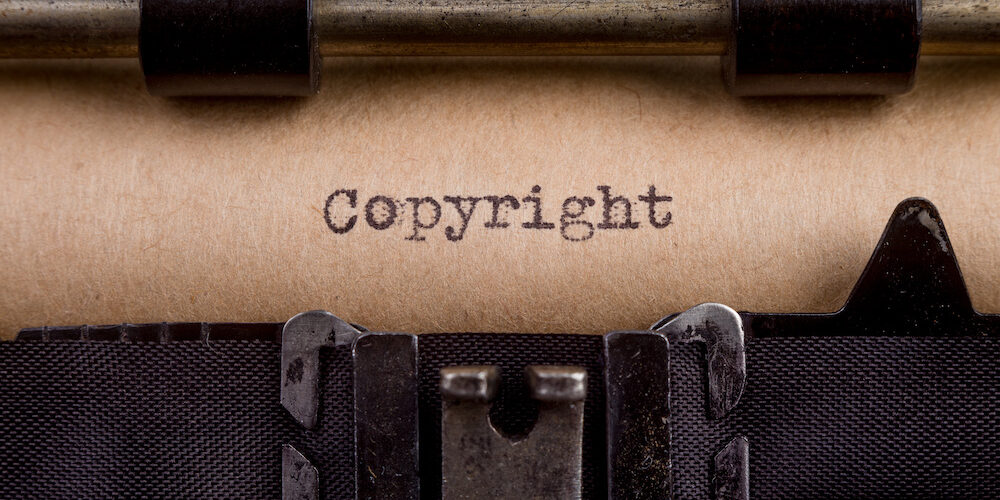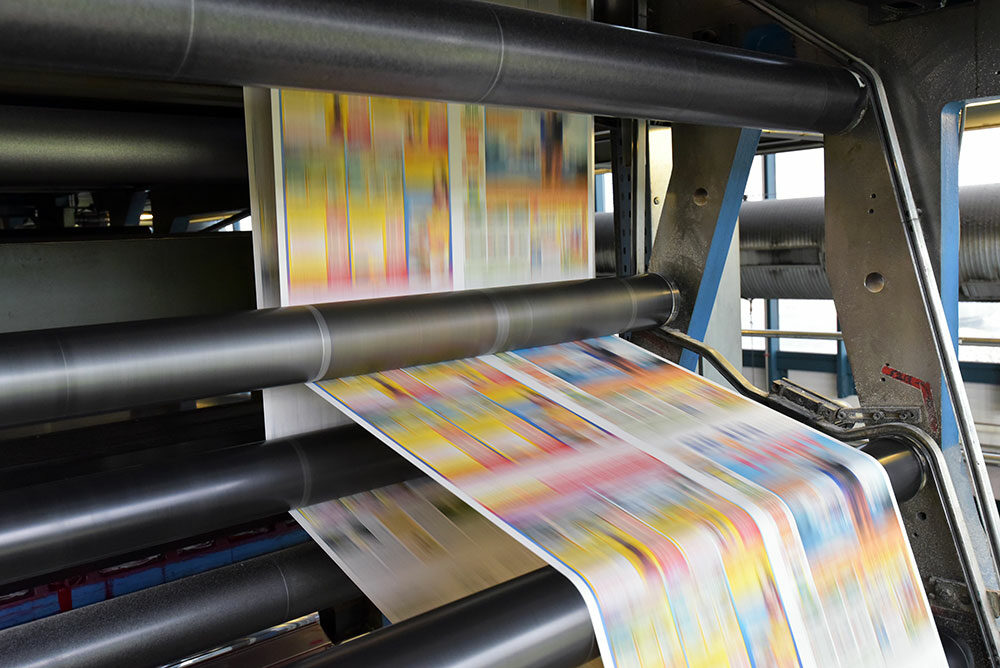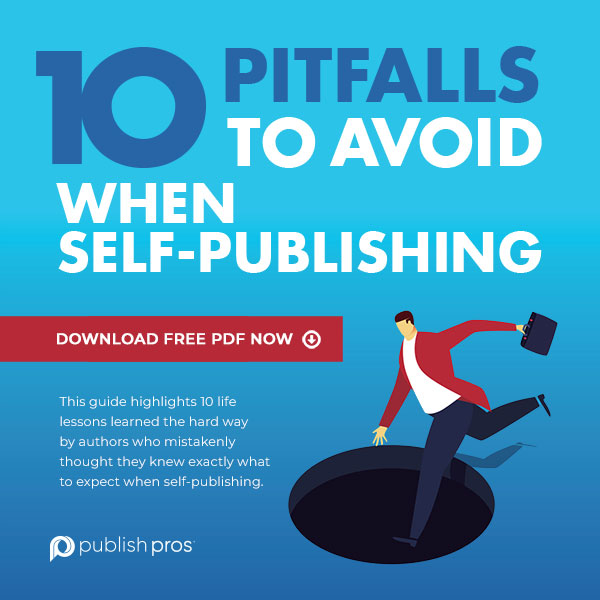
What Should Be on a Copyright Page?
Wherever you are on your author’s journey, you need to protect your work. Most self-published authors get intimidated by all the small print, legal jargon and knowing what is and isn’t required when writing a copyright page. Use this guide to help you prepare your own copyright pages and protect yourself and your work from plagiarism.
Why are copyright pages necessary?
Copyrights are there to protect your legal rights as an author or creator of an original work. Copyright is all about protecting your intellectual property from being copied or used in any way without permission.
As soon as you publish something, it is technically protected under U.S. copyright law. However, without a copyright page, your ownership of the work may be hard to prove in a court of law. Having a copyright page right there in the front of your book serves as a “no trespassing” sign, declaring you as the legal owner and letting people know that your book isn’t in the public domain.
What should I include on a copyright page?
Although there is no set format, a copyright page has various elements. Only two are required, while the others typically include all the legal notices and other information that publishers usually fit in as expected within the publishing industry.
The most important element is the copyright notice itself. This usually consists of three elements:
- The copyright symbol (©), the word “Copyright,” or the abbreviation “Copr.”
- The first year of publication, or multiple years if the book is reprinted into new editions (© 2017, 2019, 2020 John Q. Smith)
- The copyright owner’s name, pen name or abbreviation
- The ISBN
The rights reserved notice details which rights you reserve and which you may allow (if any). This statement may be as simple as “All rights reserved” to a full statement that is more exact and precise.
What else can I include on a copyright page?
As a self-publisher, you can pretty much stop there. However, while many of the elements below are optional, they provide practical information that readers, libraries, distributors, or others in the industry may find useful.
- Library of Congress Control Number – a free number that libraries use to shelve your book
- Disclaimers – protect you from potential lawsuits if any of your characters or plot lines resemble real people or events
- Permissions – demonstrates you obtained permission from the owner to use any other copyrighted material
- Credits – normally provided in an acknowledgements section, providing credit to anyone who contributed to your book, including graphic designers, illustrators photographers or editors, is a best practice
- Printing details – includes any information about where your book was printed (if applicable), the fonts used, or even any environmentally-friendly printing practices used in the publication of your book
- Edition information – simple statement that indicates whether this is a first edition, second edition, etc.
- Publisher’s information – if you are self-publishing, you can include your name, pen name, address and/or author’s website
- Trademarks – may not apply if you are self-publishing, but this typically includes notices for any names, logos or imprints your publisher may hold that are included in your book
- Author’s website – including this makes it easier for readers to find out more about you and your work
Let’s get to work!
Don’t let all of this extra work distract you from writing and publishing your book. Publish Pros has been helping new and veteran authors alike self-publish their work since 2012. Contact us today and see how we can help you navigate the exciting world of self-publishing.




